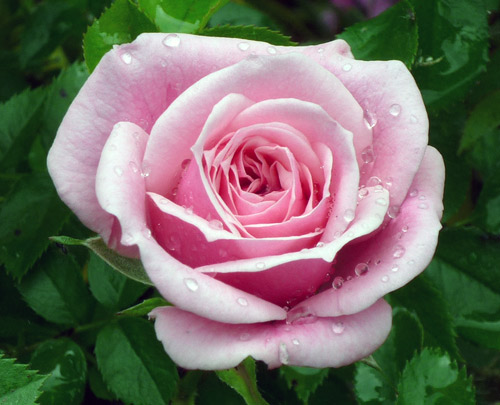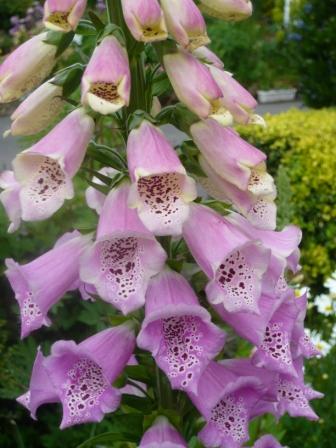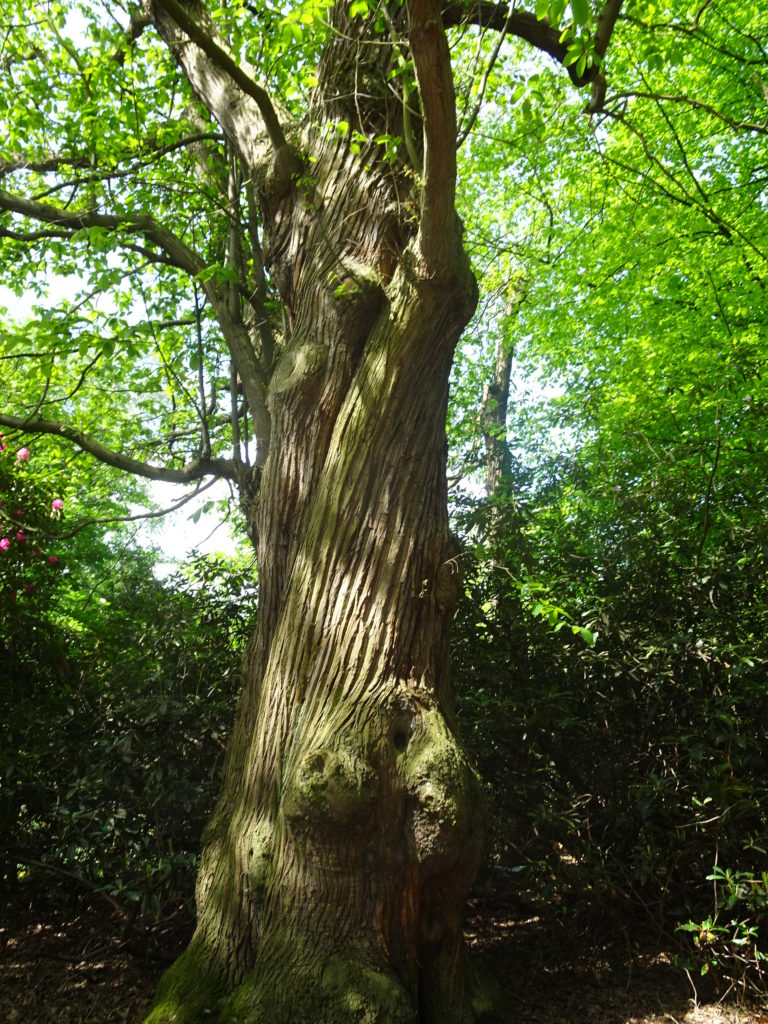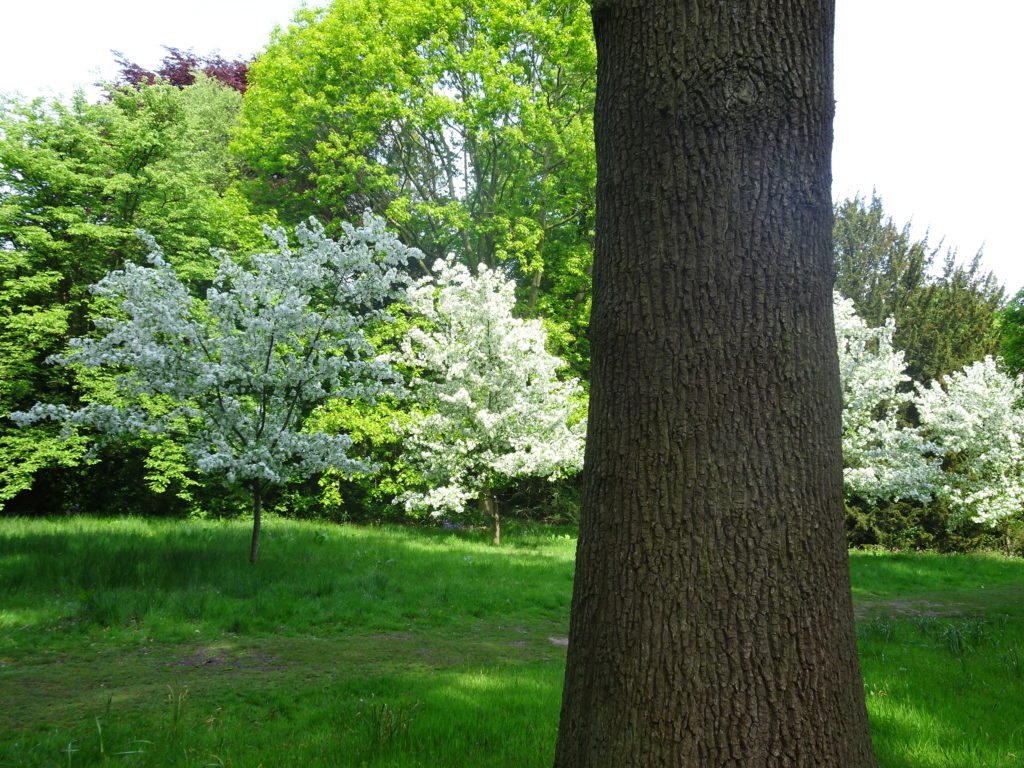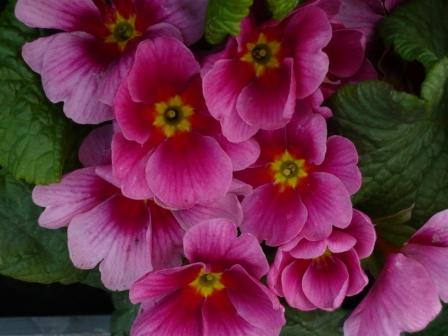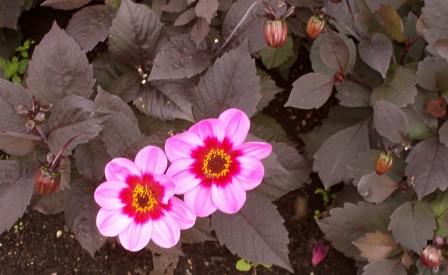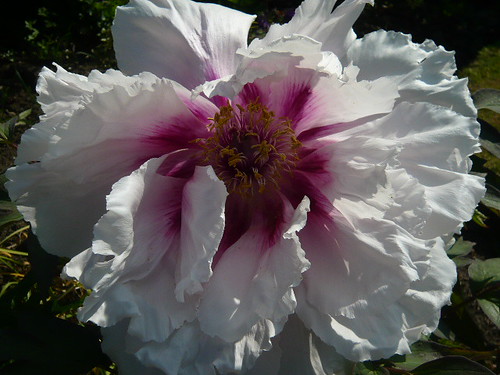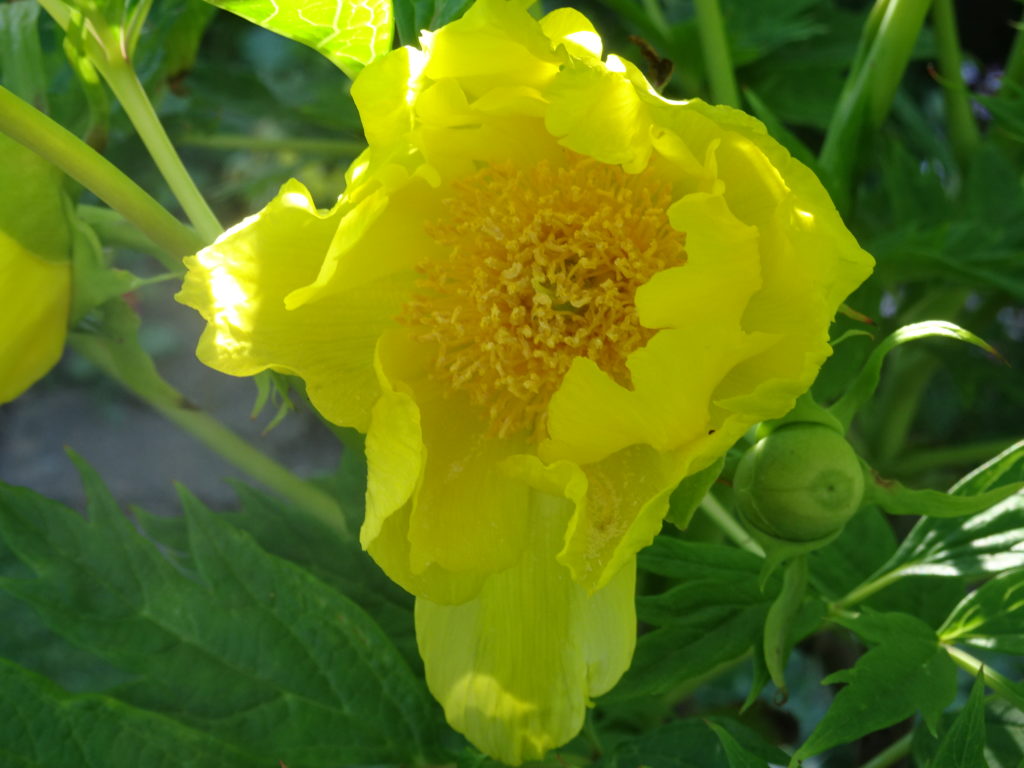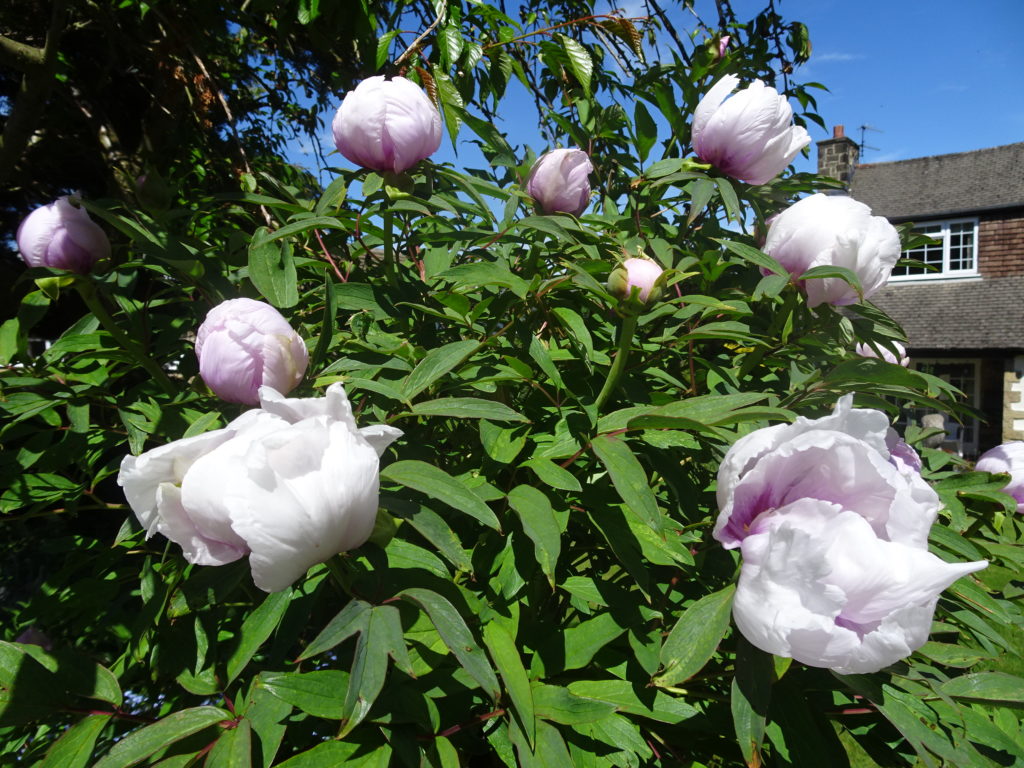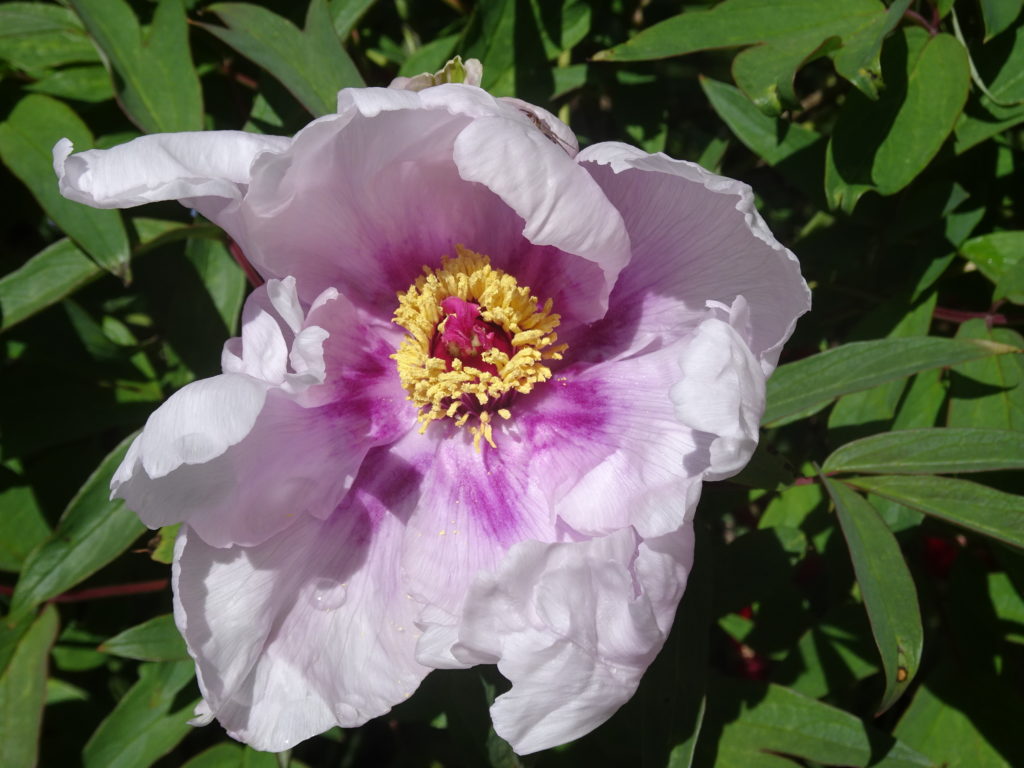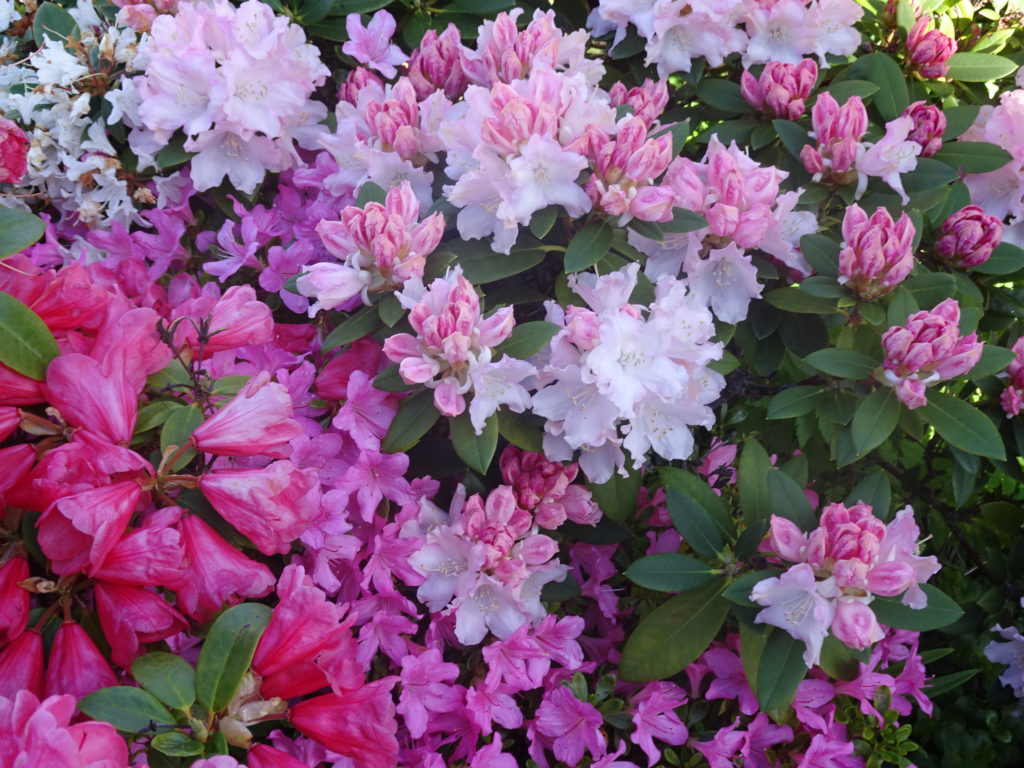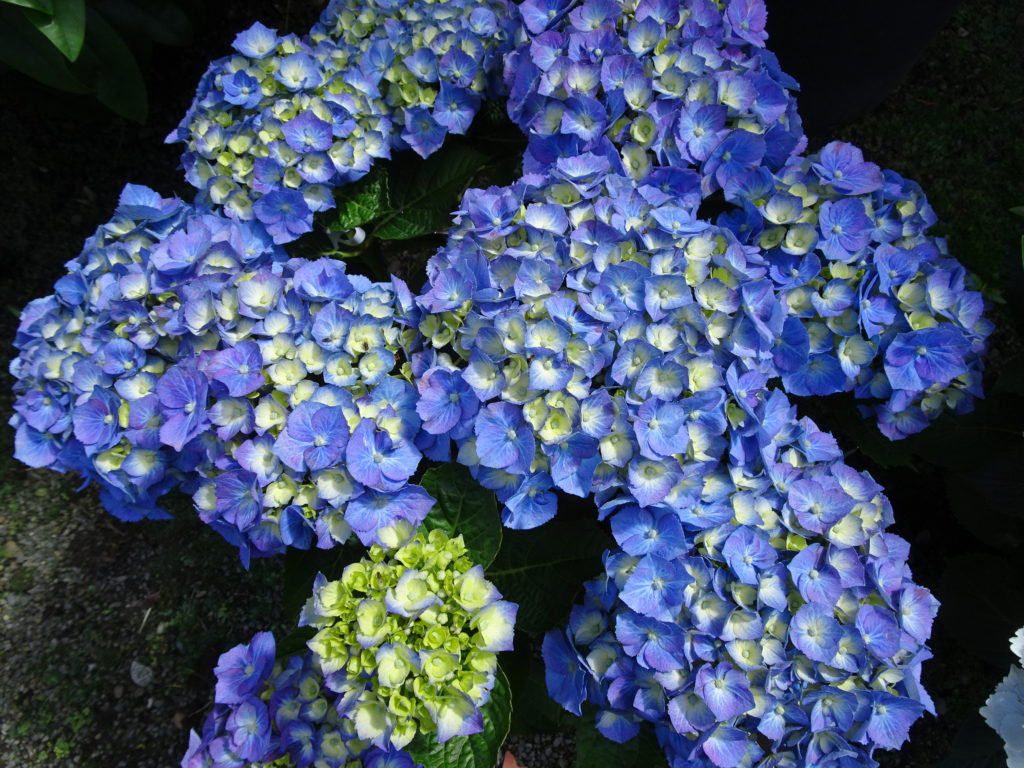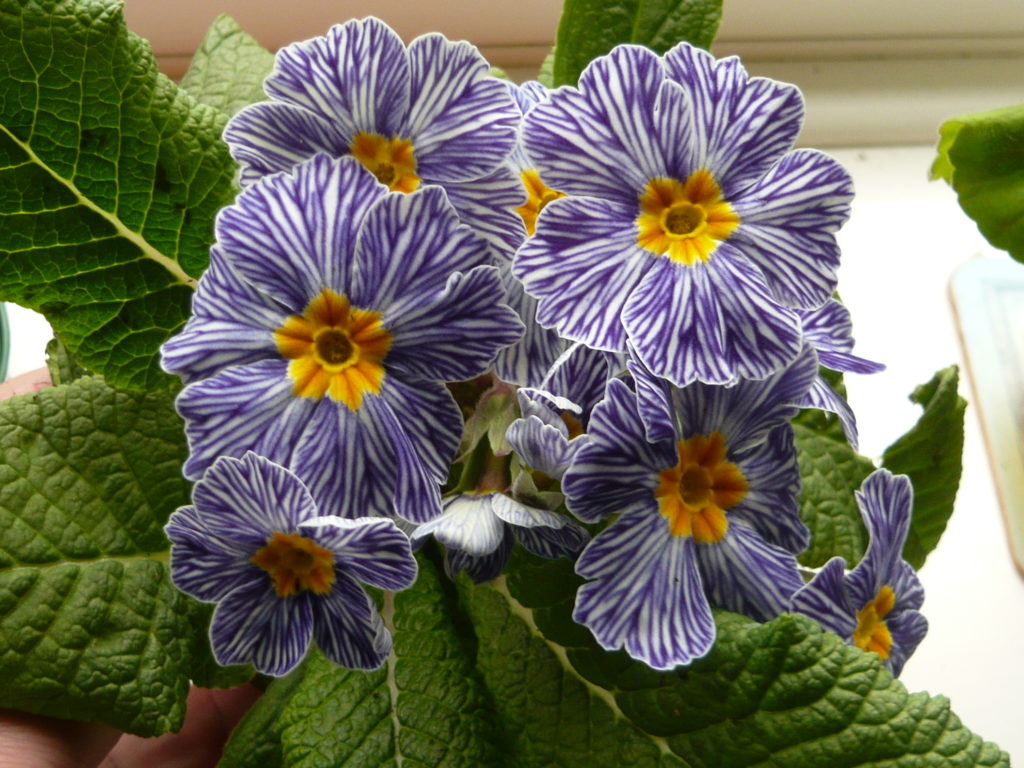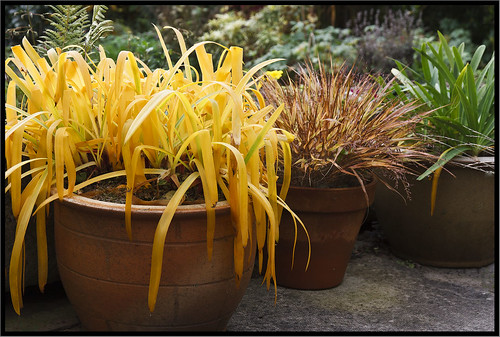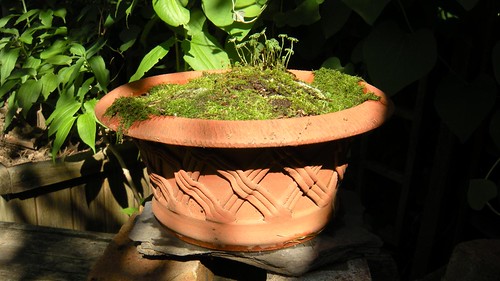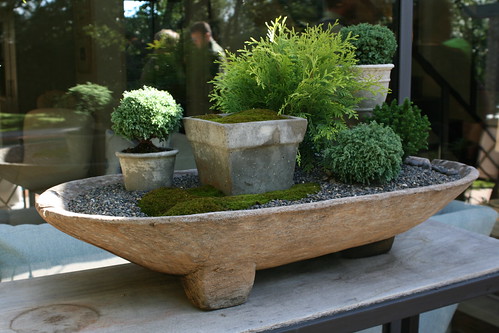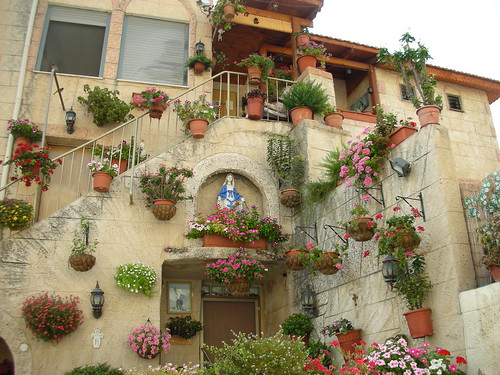Transpiration for Gardeners
Transpiration is a basic and crucial function that moves water around plants to cool and keep them healthy. Leaves have pores or stomata that open to allow moisture to transpire or evaporate. Large trees can transpire up to 500 gallons per day, our garden plants transpire far less but enough to cause wilting if there is insufficient moisture for the plant. Stems and flowers can also transpire and loose water.
Transpiration Strategies
- Many trees have wide spreading and deep roots to provide the moisture they need.
- Tomato plants have a deep main root to gather water and surface roots for feeding. Leaves can also wither or be defoliated to reduce water loss.
- Succulents save water by opening the stomata pores at night to reduce transpiration and often have waxy leaves. Cacti don’t have leaves and few stomata elsewhere so transpire very little.
- Many plants loose there turgidity when short of water and thus transpiration is reduced.
- Other plants have small leaves or hairy leaves
- Mediterranean natives may have silvery reflective leaves, or produce volatile oils to reduce transpiration by reduced evaporation.

Plants & Gardeners Water Strategies
- Many plant leaves are designed by nature to funnel water to suit the plants needs. Check how Rhubarb leaves collect water over a large surface but it is channeled to the ridges that take it to the roots. You may have heard the saying ‘ water rhubarb even when it is raining’.
- Soft leaves seem to loose more moisture and the more leaves then the more they transpire. Hence gardeners need to mulch and water plants during dry spells to sustain transpiration.
- Plants in pots still transpire and water hungry plants may not be suitable for containers for that reason. Remember the bigger the pot the more soil and thus moisture it could contain.
- Shade and wind breaks can reduce water loss by cutting down on transpiration. You can have too much of a good thing and wind and sun are an enemy to successful transpiration.
- Evergreens transpire even in winter but our climate is generally able to provide the water needed but be wary of long hard frosts particularly for young plants.
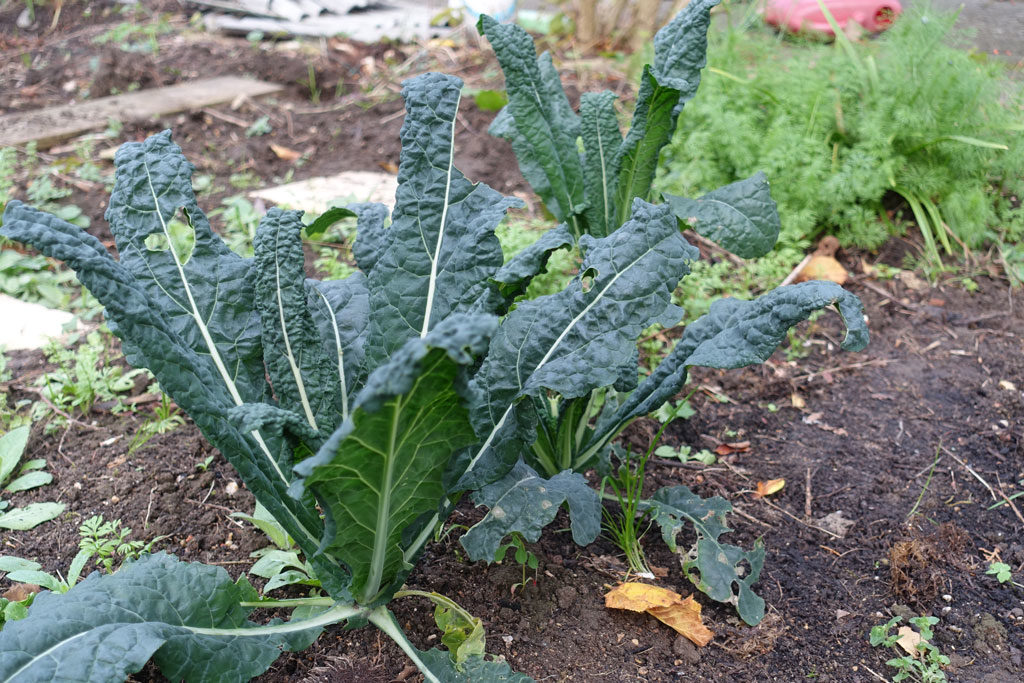
Kale leaves are shaped to harvest rain.
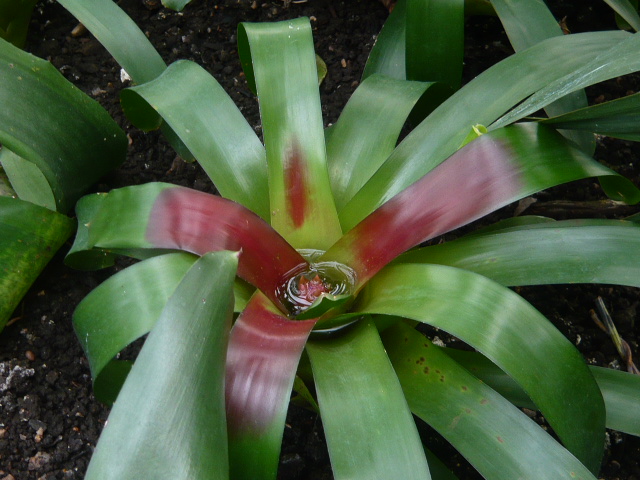
Brugsmania build in a water trap
